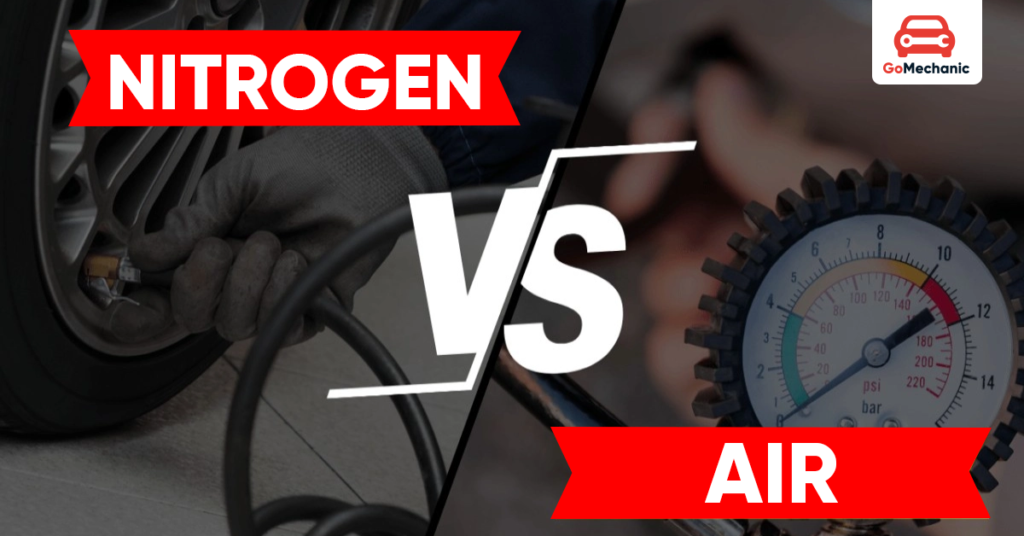Life gives us opportunities to make small decisions. which might seem of no importance at first, but might be of great significance. Staring at the pump and deciding which to use Nitrogen or Air to fill your car’s tyre? Is one of those. These tires carry your car, your family, and perhaps more than that—your trust in every mile they’ll take you. It’s a small decision, sure, but the weight it carries feels far from light.
Let’s explore this question with the care it deserves.
Nitrogen vs Air: Rivals
- Air
- Composition: Air is about 78% nitrogen, 21% oxygen, and trace amounts of other gases.
- Availability: Air is everywhere. At every corner fuel station, you’ll find it ready and waiting, usually free or for a nominal fee.
- Drawbacks: Oxygen molecules are smaller than nitrogen molecules, so they seep through tire walls more quickly, leading to gradual pressure loss.
- Nitrogen
- Composition: Pure nitrogen inflation reduces oxygen content to near-zero levels.
- Benefits: Nitrogen leaks more slowly due to its larger molecule size, maintaining tire pressure for a longer period. It’s also less reactive to temperature changes, which means more stable performance.
- Availability: Nitrogen is less common and comes with a price tag, often requiring specialized outlets.
Why Nitrogen for Tyre? The Promises and Realities
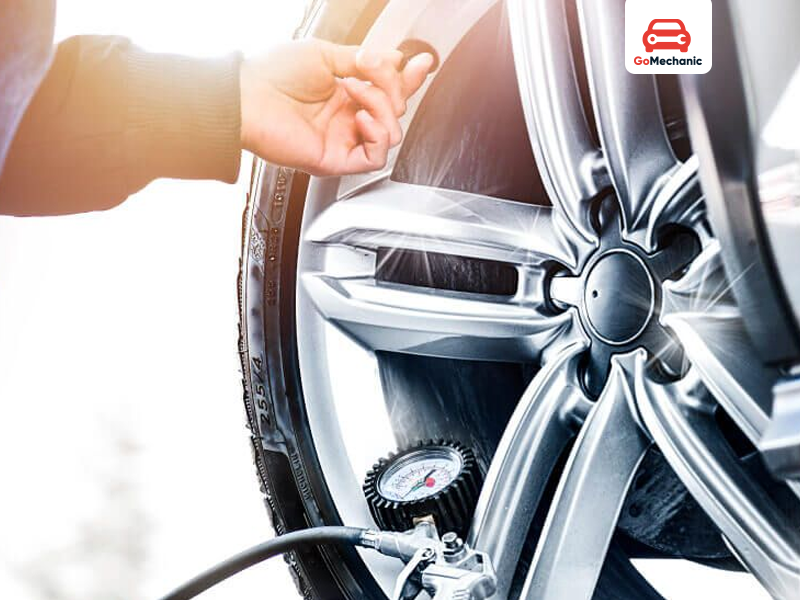
For those considering nitrogen for tyre, the benefits are clear and compelling:
- Pressure Stability: Nitrogen leaks at a slower rate, meaning your tires maintain optimal pressure longer. This reduces the frequency of pressure checks and top-ups.
- Tyre Longevity: Consistent pressure helps your tires wear more evenly, potentially extending their lifespan.
- Fuel Efficiency: Proper tire pressure reduces rolling resistance, improving fuel economy and lowering emissions.
- Safety: Stable pressure reduces the risk of blowouts, particularly on long, high-speed journeys.
Yet, the reality isn’t as perfect as the promises suggest. Nitrogen’s benefits, while real, might not make a significant difference for the average driver who mostly commutes short distances or drives within city limits.
Drawback of Nitrogen for Tyres

- High Cost: Nitrogen is more expensive than air, making it a less cost-effective choice.
- Availability: Nitrogen is not easily available as air, especially in small or remote areas.
- Inflation loss over time: Although the chances of nitrogen leakage are really less, it will still lose pressure over time.
- Inconsistent performance: Nitrogen is used for better performance as it provides better performance than air, but the average driver’s performance is minimally improved by it.
Why Stick with Air for Car? The Trusted Companion
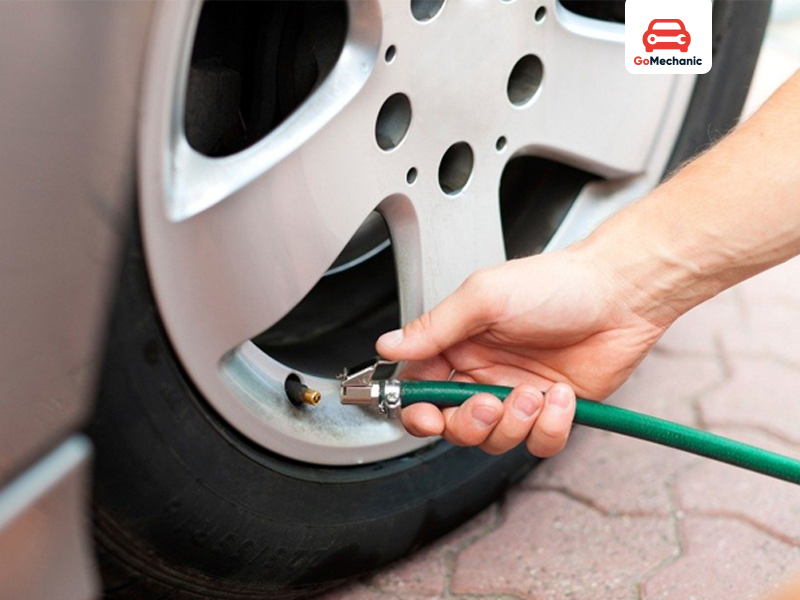
Air for cars has been the standard for tire inflation for decades. It’s the reliable old friend who’s always there—imperfect but dependable:
- Accessibility: You’ll find air pumps at nearly every petrol station, making it incredibly convenient.
- Cost: Air inflation is free or very cheap, making it the economical choice for most drivers.
- Adequacy: For daily driving and moderate conditions, air performs well enough to keep your tires safe and functional.
Air demands a bit more attention. It needs to be checked more often, but that’s a small price to pay for its availability and affordability.
Defect of Air for Car
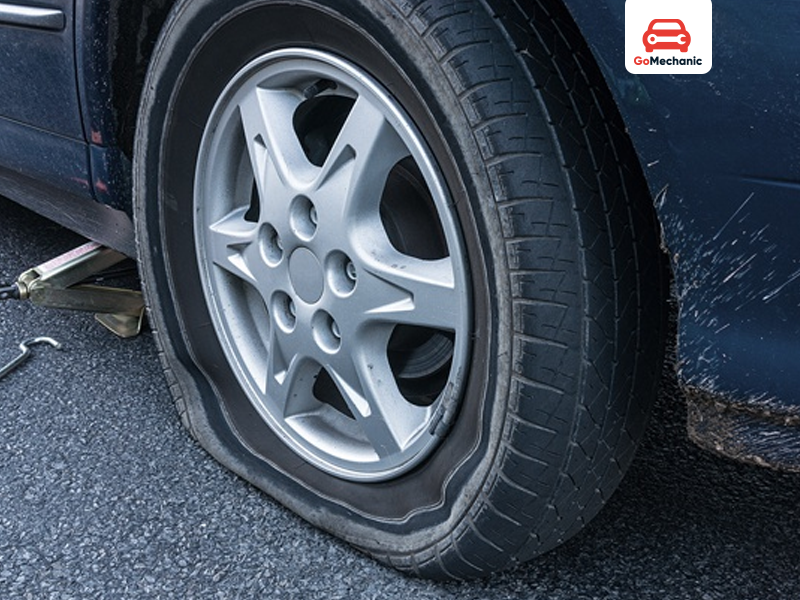
- High oxygen content: Oxygen content in the air is about 21%, which causes a tire to lose pressure more quickly.
- Moisture: Air has moisture in it, which causes rusting over time. This is especially a problem in colder climates, where can moisture freeze and affect the performance.
- Shorter tire life: Due to the presence of oxygen and moisture life of the tire might become shorter due to continuous changes in tire pressure.
- Unstable pressure: Air tires have unstable pressure due to leakage, or the reason that air expands in summer and contracts in winter, leading to pressure changes.
The Emotion behind the choice
Choosing between nitrogen and air isn’t just about performance. It’s also about how you approach life. Nitrogen for tyre is the polished option—a symbol of striving for perfection, of reducing worry. Air for car, on the other hand, is raw and real. It’s a choice that says – “I’ll make it work with what I have.” For some, paying extra for nitrogen feels like an investment in peace of mind. For others, sticking with air is a conscious decision to trust the tried and true.
Practical Considerations
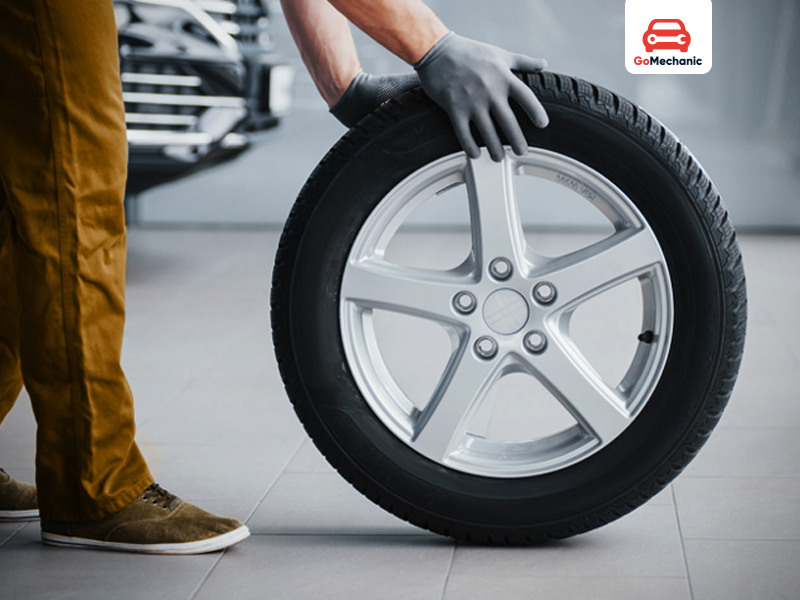
If you’re still torn, consider these factors:
- Driving Habits:
- Long-distance or high-speed drivers may benefit more from nitrogen’s stable pressure.
- For daily city commutes, air is usually sufficient.
- Maintenance Needs:
- Nitrogen reduces the frequency of pressure checks, but air-inflated tires require regular monitoring.
- Cost and Accessibility:
- Nitrogen inflation costs more and isn’t as widely available. Consider whether it’s worth the extra effort and expense.
You might find this interesting – Tubeless vs Tube Tyres | A Journey from Invention to Relevance
Environmental Impact
Regardless of the petroleum you use, maintaining properly inflated tires lowers emissions and helps save gasoline. It may seem insignificant, but in reality, it all comes down to gradually applying the proper amount of pressure. Though we frequently overlook the significance of something so basic, a little attention goes a long way.
Ultimately, the true obligation is to take care of your tires, regardless of whether you choose air or nitrogen. Not only are routine inspections and rotations beneficial, but they are also necessary. In addition to providing protection, a well-maintained tire enhances the driving experience by bringing you closer to the road and the experiences you’re having.
On a related topic – Life of Car Tyre: Everything You Need to Know
Closing Reflection: Nitrogen Vs Air
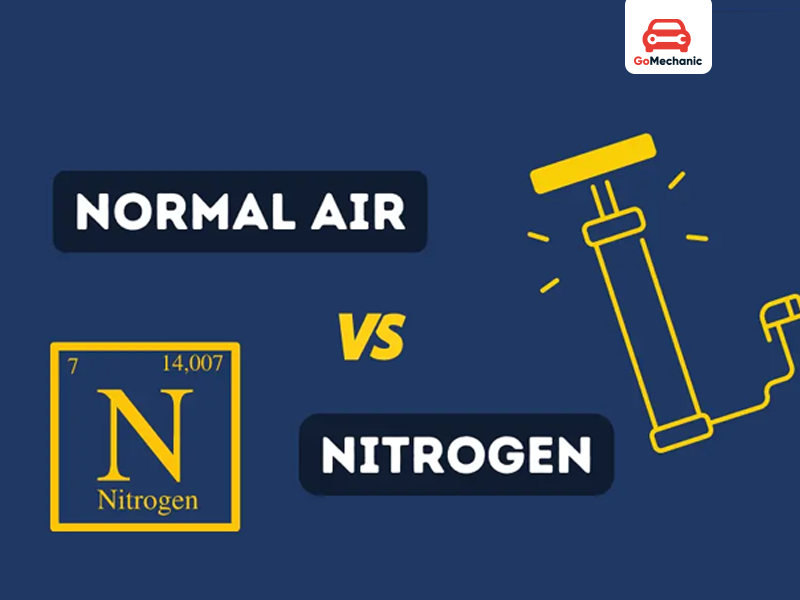
Life is full of decisions, some might look like pitiful decisions but have a greater impact. Selecting between nitrogen vs air may seem like a small decision, but it represents our lifestyle choices: striving for greatness or accepting mediocrity. Although neither is incorrect, we frequently question whether we made the proper decision, especially when it comes to the tiniest matters.
Maybe the next time you’re at the pump, take a moment to unwind. The road ahead, the locations you’ll never visit, the memories that fade too quickly, and the vague sense of peace that comes from knowing you’ve made a choice that feels right—even if you’re not sure—are all important considerations.
Take a big breath, fill up your tires, and continue driving. The choices we make now will be the ones we remember most in the future, even though the road ahead may seem long.
Read this as well – 7 Seater Car Under 10 Lakhs in India: Affordable option for your family
FAQ’s
- How often should I check my tire pressure?
Ideally, once a month or before long trips. Keeping an eye on it helps avoid unnecessary wear and ensures safe driving. - Can I switch from air to nitrogen or vice versa?
Yes, you can switch between air and nitrogen at any time. Just make sure to fill them properly afterward. - Can I mix air and nitrogen in my tires?
It’s best to avoid mixing, but if you need to top off nitrogen-filled tires with air, it’s okay. Just know it may reduce the benefits of nitrogen.
4. Does nitrogen really make my tires last longer?
Nitrogen can help extend tire life by maintaining pressure more consistently, but for most drivers, the difference isn’t huge.

